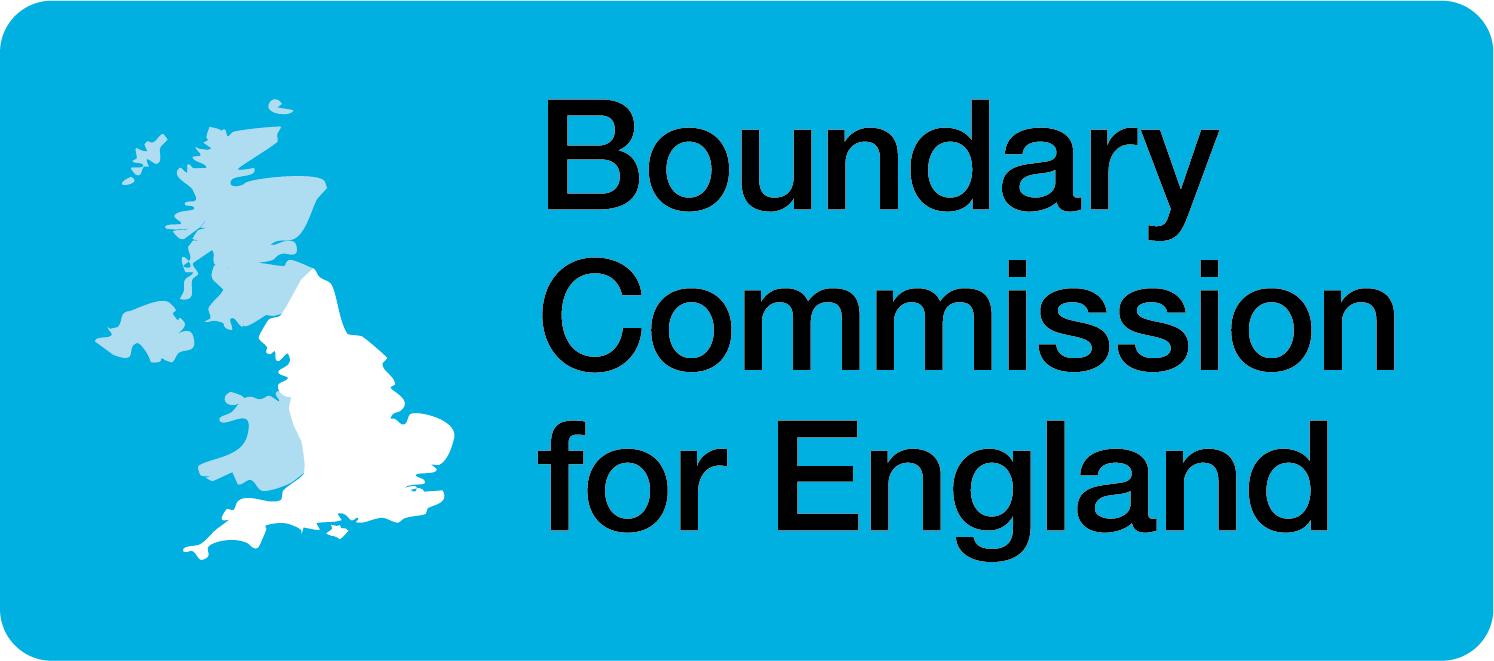Constituency boundaries are changing: help us draw the line
Colin Byrne, Commissioner of the Boundary Commission for England
The Boundary Commission for England is an organisation that may not be immediately familiar to all members of the public. However, our role as an independent and impartial public body, and the work we do in shaping the map of constituencies across England, forms a critical part of our democracy.
Reviewing the hundreds of constituencies within England is an extraordinary, but necessary, challenge – one which I experienced as Assistant Commissioner for the South East during the 2018 Review. Through this role, I gained a deep understanding of how the map of constituency boundaries is developed for a particular region and, at our public hearings, I listened to the views from a wide cross section of the public about how we might improve our proposals. These responses, along with the written comments and the comments made via our website made a real difference to how we constructed the final map of the constituencies.
I now have the privilege of serving as a Commissioner alongside my colleagues Sarah Hamilton, Commissioner, and Mr Justice Lane, Deputy Chair of the Commission, to help lead the Commission during the 2023 Boundary Review.
Due to population changes since the last time constituencies were reviewed, the number of electors in some constituencies is now much higher, or lower, than in other constituencies. The Review, which was launched in January this year, will rebalance the number of electors in each constituency to make them roughly equal and bring them within the range set down by Parliament. This will implement Parliament’s wish to ensure that individual votes in Parliamentary elections are of broadly equal weight. In making these required changes, the number of constituencies in England must increase from 533 to 543. It also means that there will have to be changes to boundaries of the majority of existing constituencies, although the scale of the changes will vary from place to place.
We have been hard at work developing our initial proposals for new constituency boundaries. Next week, the public will be able to see for the first time what the map of new constituencies might look like across England. On our online consultation portal, which launches on 8 June, you will easily be able to view and comment on the proposed constituencies. The consultation, which closes on 2 August, aims to gather your invaluable local knowledge, and we will consider every piece of feedback you share. By sharing your thoughts on the new boundary lines and constituency names we propose next week, you can help us shape the map of constituencies in England.
My experience from the last Review underlined just how important this consultation process is to the shaping of our constituencies. I would encourage everyone to let us know what you think of the proposals we are publishing in a few days’ time. Your input will help us find the best outcome.
Further information about the 2023 Boundary Review will be posted on our website and social media channels. Please follow @BCEReviews on Twitter for key updates.
This blog is the first part of a series which aims to illuminate the work going on behind the scenes at the Commission. Keep an eye out to hear from members of the review and corporate teams about their role in the 2023 Boundary Review.

